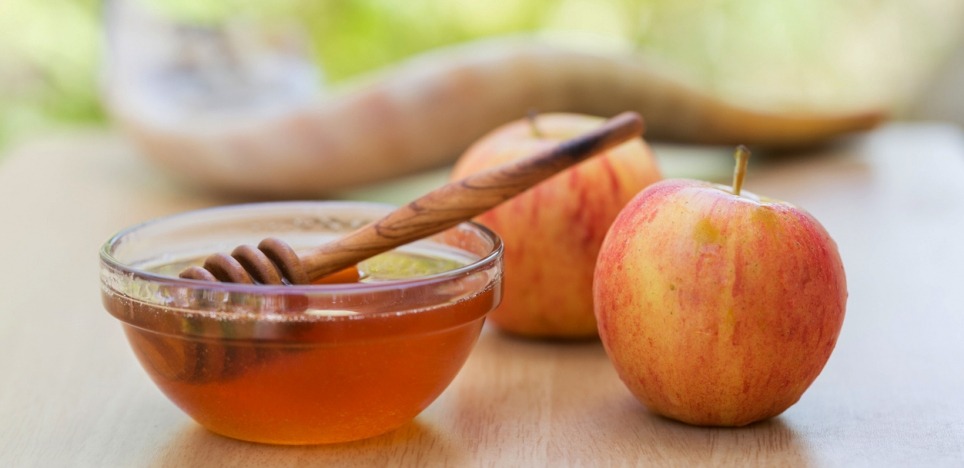Rosh Hashanah is the two-day festival that marks the Jewish New Year, beginning at sundown. Neil Gillman of the Jewish Theological Seminary explains its significance: "This festival has evolved through our tradition to represent a season of personal and universal renewal. Every human being needs an opportunity to begin again, to wipe out the past and dream dreams about what his or her life can become. . . . We say goodbye to the old time and hello to the new. In the process we say goodbye to our old selves and hello to our new ones."
Traditional customs and practices for Rosh Hashanah include listening to the sounding of the shofar, the lighting of festival candles, special prayers and readings in the synagogue, and the eating of foods that are sweet (for the year ahead), round (for the cycle of the year), and abundant (for fruitfulness). Many also perform a version of the Tashlich ceremony by going to the nearest body of free-flowing water and casting into it a symbol (often bread crumbs) of the sins of the past year.
To Name These Days:
 Websites & Organizations
Websites & Organizations
- Find articles with personal experiences, explanations of symbols, and complete ceremonies for Rosh Hashanah at Ritualwell.org. They offer an amazing collection of perspectives for use in many settings.
- Read about the meaning of the shofar's call.
 Spiritual Practices
Spiritual Practices
See instructions from Rabbi Michael Lerner for the practices of repentance and forgiveness used during the ten days from the eve of Rosh Hashanah to the end of Yom Kippur. These are appropriate for people of any religious tradition.
